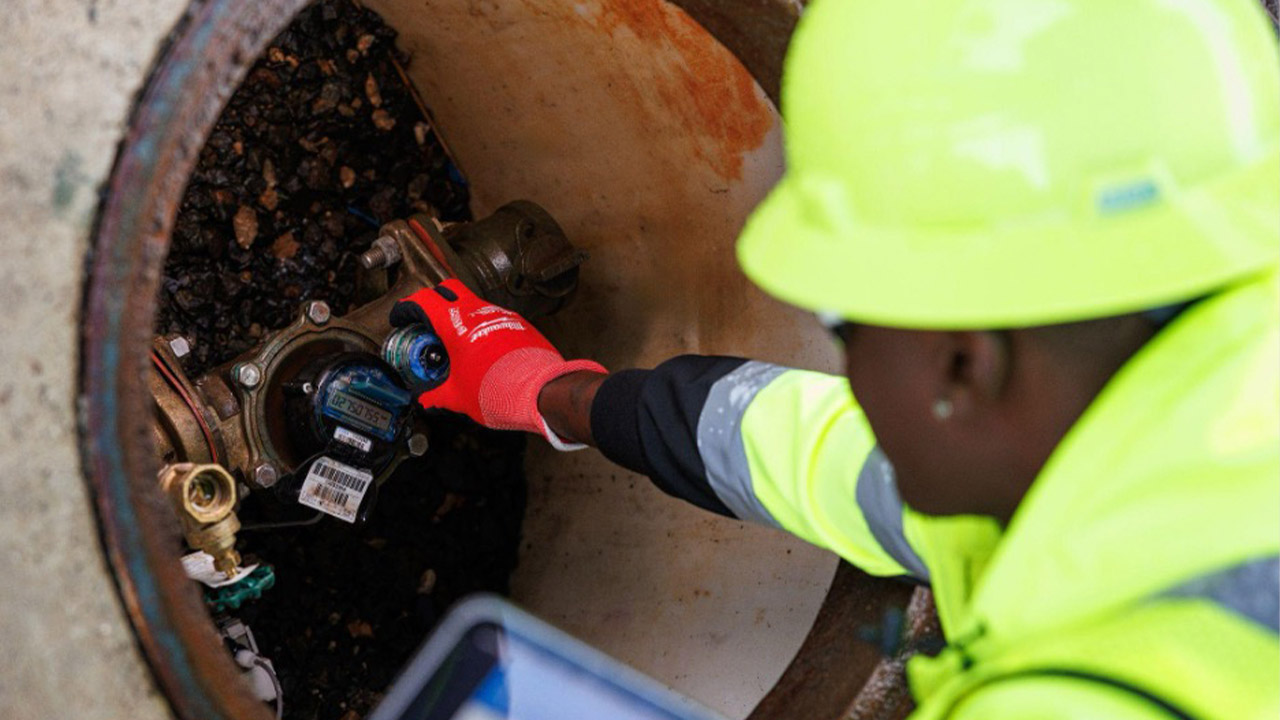

CivilSense uses AI-driven predictive analysis to flag sections of a water network that are at higher risk of pipe failure or breakage, based on its analysis of GIS, climate and infrastructure asset data.
Data is also drawn from acoustic sensors that detect, locate and size actual leaks in real time and are magnetically attached to valves via manholes in areas of particular concern for a monitoring period typically lasting a day or two, but sometimes up to a week.
Sensors are engineered to ‘listen’ for the particular sounds and vibrations produced by a leaking pipe and often at levels far beyond the limits of human hearing and AI-driven analysis of that data can pinpoint a leak to an accuracy of around three metres
The CivilSense platform aggregates both types of intelligence – predictive analytics and leak detection – allowing utility workers to visualise the data in the form of dashboards and maps accessible from any device, including smartphones and tablets. In this way, utilities can respond proactively to leaks before they become severe, prioritise repairs, allocate frontline resources to repair jobs and plan preventative maintenance – not to mention avoid the cost, waste and disruption of digging in a location where no leak actually exists.
CivilSense is built for municipal water utilities, public works leaders, and their consulting engineers – those responsible for maintaining ageing infrastructure, preventing service disruptions, and planning for the future.


The AI Spotlight Directory is published by AEC Magazine in partnership with HP and Nvidia.